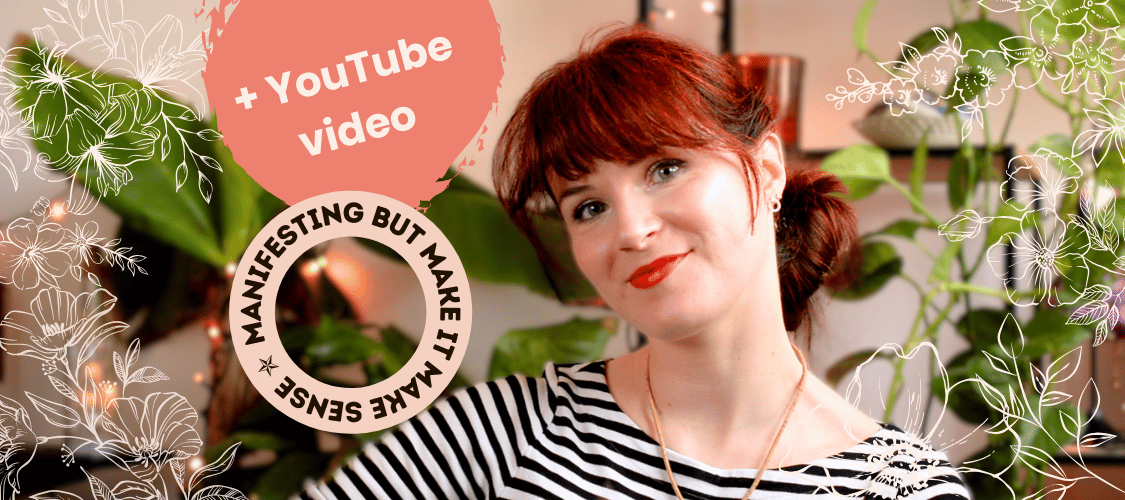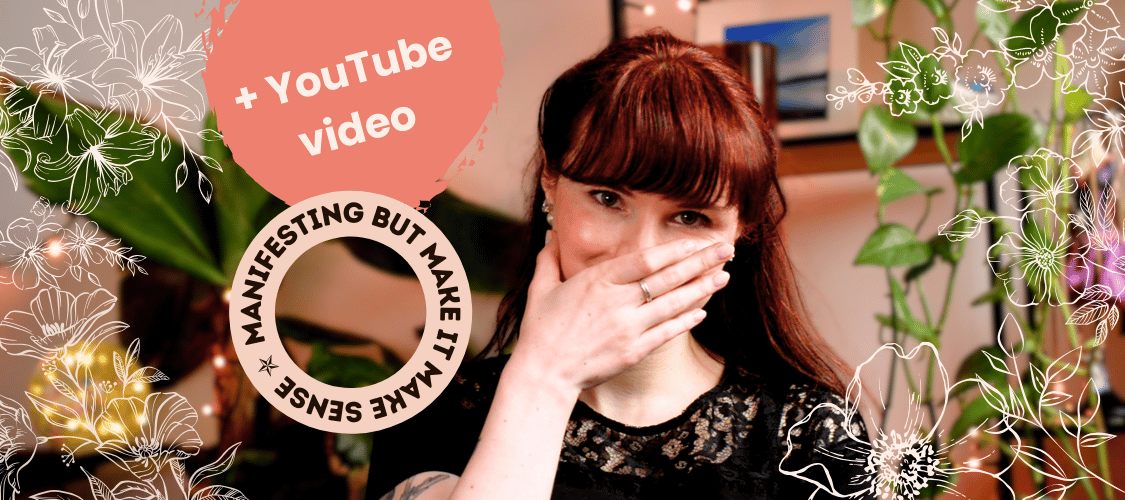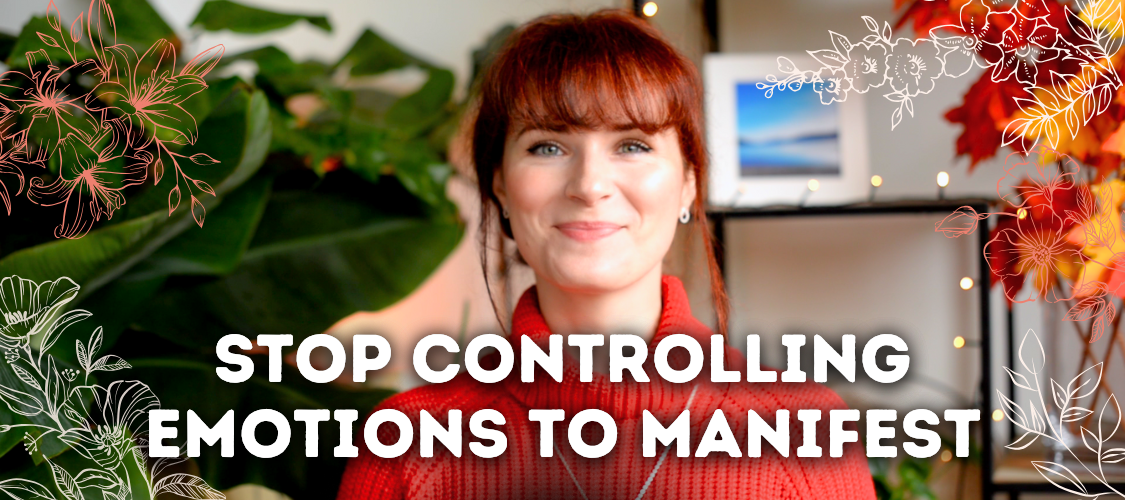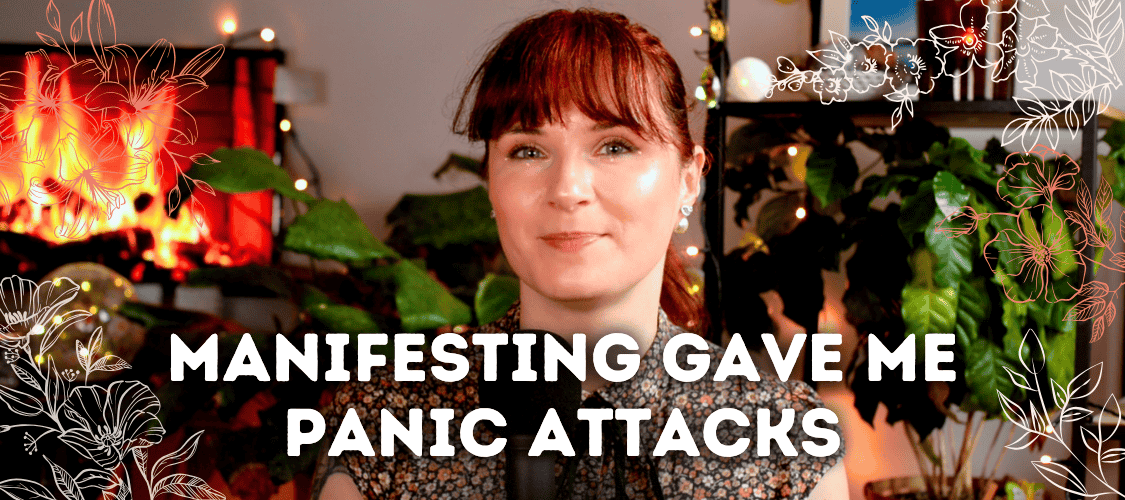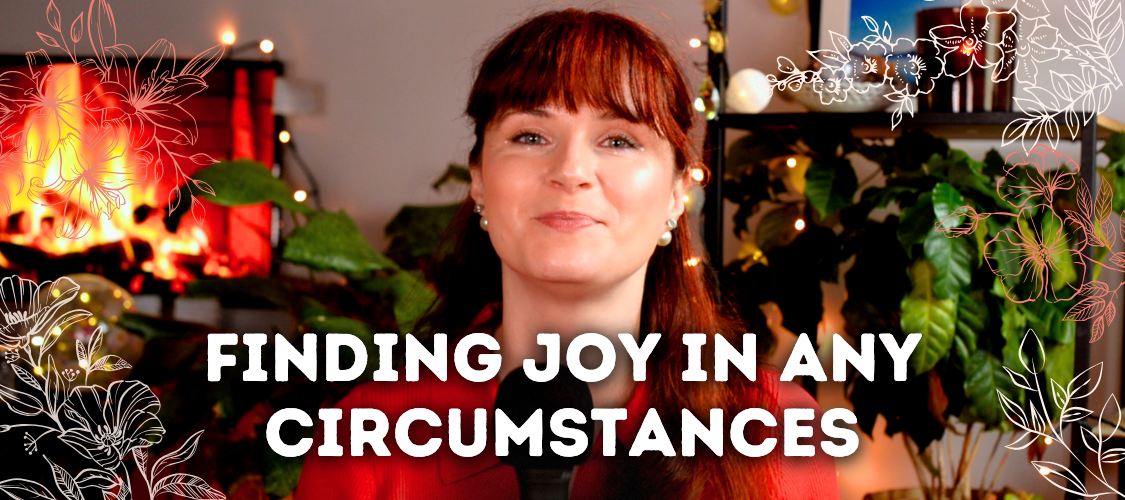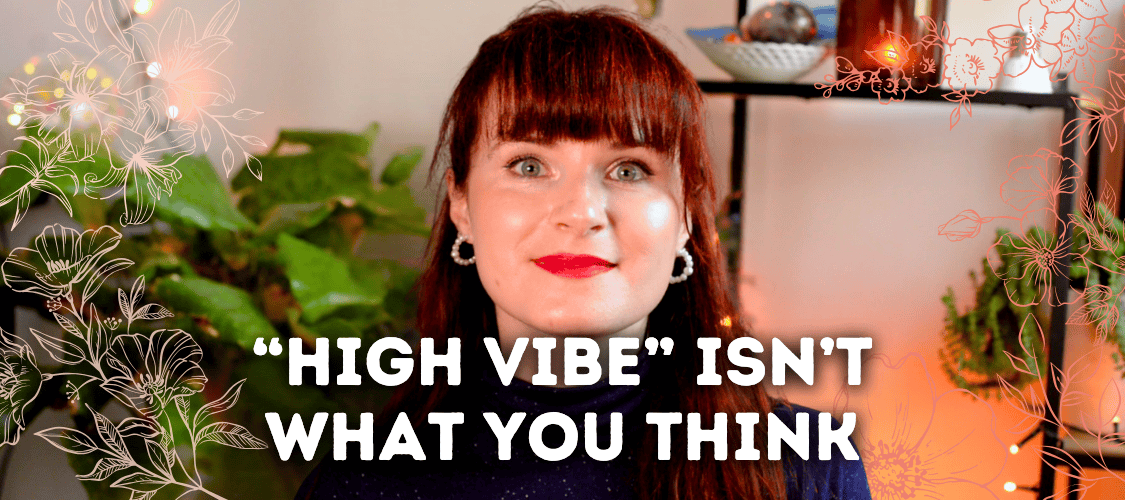Struggling with emotions in manifesting? Many believe they must feel high-vibe all the time to manifest their desires, but that’s a misconception. In this post, we’ll explore how emotions truly influence manifestation and share five actionable tips to align your energy effectively.
Watch the Featured Video – You Do Not Need to Feel Good All the Time to Manifest
You Don’t Have to Feel Good All the Time
Manifestation is all about aligning with what you desire, but many people get stuck on the idea that they must feel good all the time. This misconception leads to frustration, spiraling into self-doubt when negative emotions arise. But what if emotions in manifesting weren’t about always feeling happy, but rather about deep alignment with your desired reality?
In this post, we’ll break down the truth about emotions in manifestation, explore why people struggle with emotional alignment, and provide five powerful techniques to work with your emotions in a way that actually supports your manifestations.
Let’s dive in!
Understanding Emotions in Manifesting
Emotions vs. Emotional States: The Key Distinction
One of the biggest misconceptions in the Law of Attraction community is the belief that emotions must always be high-vibrational to manifest effectively. While it’s true that feeling good aligns you with positive outcomes, emotions fluctuate naturally. The key isn’t to suppress “negative” emotions but to understand their role in the manifestation process.
Neville Goddard teaches that “feeling is the secret,” but many mistake this for emotional highs. In reality, feeling refers to a deep state of inner conviction—not just fleeting emotions. You don’t have to be in a constant state of joy to manifest. Instead, your dominant assumption about reality plays a bigger role.
Why It Matters
If you believe you must always feel good, you’ll likely start panicking when you experience sadness, fear, or doubt—leading to resistance. Instead of rejecting these emotions, it’s crucial to recognize their purpose and learn to navigate them effectively.
What Causes Emotional Blocks in Manifestation?
1. Misunderstanding Neville Goddard’s Teachings
Many people hear “feeling is the secret” and assume it means they must generate high-energy emotions 24/7. However, Neville meant something deeper: embodying the assumption of already having your desire.
2. Fear of Negative Emotions
The fear of experiencing low-vibrational emotions often creates resistance. If you believe feeling bad will ruin your manifestation, you’ll resist natural emotional cycles, which only reinforces negative patterns.
3. Emotional Suppression
Pushing down emotions like fear, anger, or sadness instead of processing them can lead to emotional exhaustion. If you find manifesting exhausting, check out Why Manifesting Feels Exhausting Sometimes.
4. Attachment to External Validation
Many people rely on external proof that their manifestation is working. However, true manifestation starts internally. If you’re struggling with self-doubt, read 2 Big Reasons You Feel Doubt in Manifesting.
5. Lack of Emotional Resilience
Manifesting is not about avoiding bad emotions but about being resilient in the face of them. Learning how to sit with your emotions and shift your dominant state is key. If you struggle with emotional regulation, check out How to Be an Observer of Your Emotions.
5 Actionable Tips to Work with Emotions in Manifesting
1. Stop Judging Your Emotions
Instead of labeling emotions as “good” or “bad,” see them as indicators of your internal state. When you stop resisting, emotions pass more quickly. A simple exercise is to say, “This is just energy moving through me.”
2. Cultivate Emotional Neutrality
Instead of chasing high-vibe emotions, aim for neutrality. Emotional neutrality allows you to embody the assumption of already having your desire without resistance. Try this: When you notice a strong emotion, take a deep breath and ask, “Can I accept this feeling as it is?”
3. Use Emotional Reframing
If a strong negative emotion arises, shift the narrative. Instead of saying, “I’m afraid this won’t happen,” say, “My fear is showing me where I need more trust.” This small shift keeps you aligned without suppressing emotions.
4. Develop an Emotional Processing Routine
Instead of letting emotions control you, create a system to process them effectively. Journaling, breathwork, or even movement (like dancing or shaking off tension) can help. For guidance, check out How to Let Go of Fear and Anxiety in Manifesting.
4. Focus on Embodying the State, Not Just the Emotion
Instead of chasing a specific feeling, focus on the deeper assumption of having your desire. This means acting, thinking, and making choices as if your manifestation is already real. If you struggle with this, Build Your Own Manifestation Routine can help.
Conclusion
Emotions in manifesting aren’t about forcing happiness or avoiding negativity. The key is to shift your dominant state, not suppress emotions. By applying these five strategies, you can develop a healthier relationship with your emotions and manifest from a place of true alignment.
If this post resonated with you, check out Why Your Triggers Are the Key to Manifesting for a deeper dive into emotional alignment. And remember, manifestation is not about perfection—it’s about consistency and trust.
Which of these strategies are you going to try first? Let me know in the comments!





